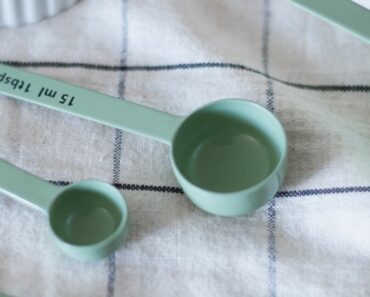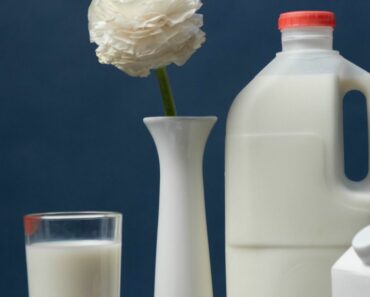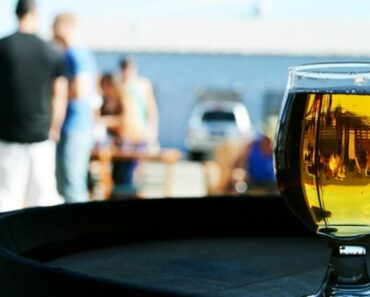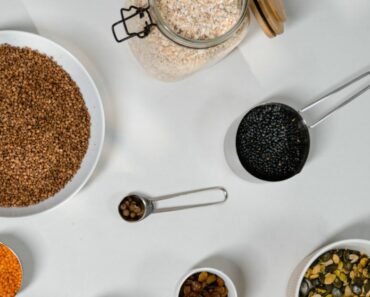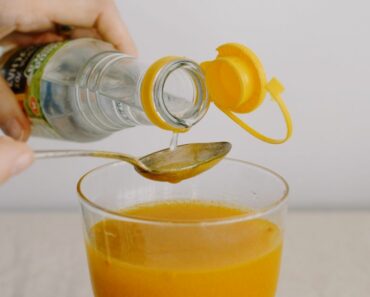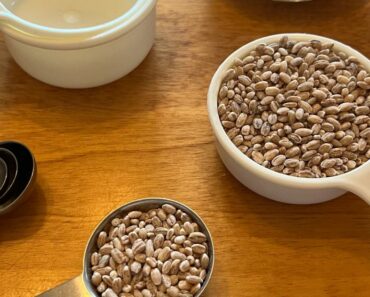Have you ever found yourself in the middle of a recipe, only to realize you don’t have the right measuring tool? We’ve all been there! Cooking and baking are delightful activities that can be made easier with accurate measurements. So, let’s dive into the world of culinary measurements and answer one burning question: how many tablespoons are there in 1/2 cup? Join me as we uncover the answer and equip ourselves with the knowledge to conquer any recipe that comes our way!
Understanding Culinary Measurements
Before we get into the specifics, let’s have a quick refresher on culinary measurements. In the kitchen, we often encounter various units such as cups, tablespoons, teaspoons, ounces, and grams. These units help us achieve precise measurements and ensure our recipes turn out as intended.
The Conversion Mystery Unveiled
Now, let’s tackle the conversion at hand: 1/2 cup to tablespoons. In the United States, where the cup measurement is widely used, 1 cup is equivalent to 16 tablespoons. So, if we want to find out how many tablespoons are in 1/2 cup, we can divide the number of tablespoons in a full cup by 2.
Drumroll, please… the answer is 8 tablespoons! Yes, you read it right. One-half cup is equal to 8 tablespoons. So the next time you come across a recipe that calls for half a cup, you can confidently measure out 8 tablespoons, and you’ll be on your way to culinary success!
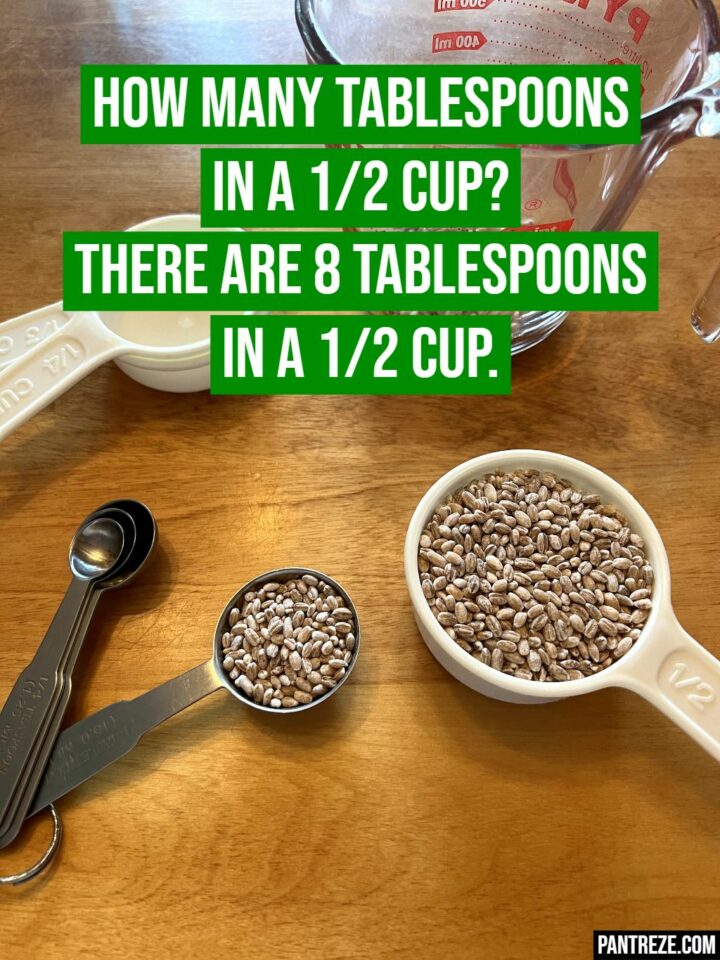
Helpful Tips for Measuring
Now that we know the conversion, let’s talk about some useful tips to ensure accurate measurements:
- Use standardized measuring tools: Invest in a set of reliable measuring cups and spoons. These tools are specifically designed to give you consistent measurements, making your cooking adventures a breeze.
- Level it off: When measuring dry ingredients such as flour or sugar, use the straight edge of a knife or a leveling tool to remove any excess and achieve an accurate measurement.
- Be mindful of technique: When measuring liquids, ensure the liquid is level with the measurement line. Place the measuring cup on a flat surface and crouch down to eye level for a precise reading.
- Practice the art of patience: Take your time while measuring. Rushing may lead to inaccuracies, which could affect the taste and texture of your culinary creations.
Knowing the conversion between tablespoons and cups is like having a secret weapon in the kitchen. It empowers you to confidently tackle any recipe, no matter how precise the measurements. To make that process even easier, here’s a handy table with the measurements for common cup sizes:
| Cup Measurement | Tablespoon Measurement |
|---|---|
| 1 cup | 16 tablespoons |
| 3/4 cup | 12 tablespoons |
| 2/3 cup | 10 and 2/3 tablespoons |
| 1/2 cup | 8 tablespoons |
| 1/3 cup | 5 and 1/3 tablespoons |
| 1/4 cup | 4 tablespoons |
This table gives you the equivalent tablespoon measurements for each of the cup measurements you provided. It can come in handy when you need to convert between cups and tablespoons for various recipes or when you don’t have a measuring cup available.
What Is a Tablespoon?
Tablespoon measurements can actually be a bit different depending on where you find yourself in the world. So, here’s the lowdown on tablespoons, no matter where you’re cooking up a storm!
In the United States, they primarily use the imperial system, which means their tablespoon is about 0.5 fluid ounces or 15 milliliters (ml). Over in Canada, they mostly use the metric system, so their tablespoon measurement aligns with the same 15 milliliters (ml) as in the US. Talk about a tablespoon twinning moment!
Now, hop across the pond to the United Kingdom or Australia, and things get a little bigger. Over there, a tablespoon is a generous 20 milliliters (ml), or about 0.68 fluid ounces (fl oz). So, if you’re whipping up a recipe with a British or Aussie twist, remember to give your tablespoon a little extra love! Hint: a rounded tablespoon!
But hey, if you’re rolling with the metric system, like many European countries, things might get a bit simpler. In these places, a tablespoon is often considered to be the same as in the US and Canada, clocking in at around 15 milliliters (ml).
Now, before you dive headfirst into a recipe, remember to pay attention to the measurements specified. If you’re following a recipe from a specific region, they might have a particular tablespoon in mind. So, stay on the safe side and adapt accordingly.
What is a Cup?
During the 18th and 19th centuries, the need for more precise measurements grew with the rise of scientific and industrial advancements. Efforts were made to standardize measurements, including the cup. In the United States, the emergence of cookbooks and recipe sharing between families led to attempts at establishing consistent measurements. Notably, Fannie Farmer’s “The Boston Cooking-School Cook Book” published in 1896 included standardized cup measurements.
Unlike the tablespoon, cup measurements are fairly standard no matter what part of the world you’re from. In the United States, the imperial measure is 8 ounces. In Canada, Europe, and other countries where the metric system is used, a cup is defined as 250 milliliters (ml).
Remember, 8 tablespoons in 1/2 cup!
Knowing how many tablespoons are in 1/2 cup is a valuable piece of knowledge for any aspiring chef or baking enthusiast. By understanding these conversions and following proper measuring techniques, you’ll be well-equipped to tackle any recipe that comes your way.
Remember, cooking is a delightful journey that allows us to explore our creativity and share our love through food. So, armed with your newfound knowledge, go forth and confidently conquer the kitchen with accurate measurements and mouthwatering results. Happy cooking!
Please SHARE this kitchen conversion tip for how many tablespoons in 1/2 cup with your friends and family

